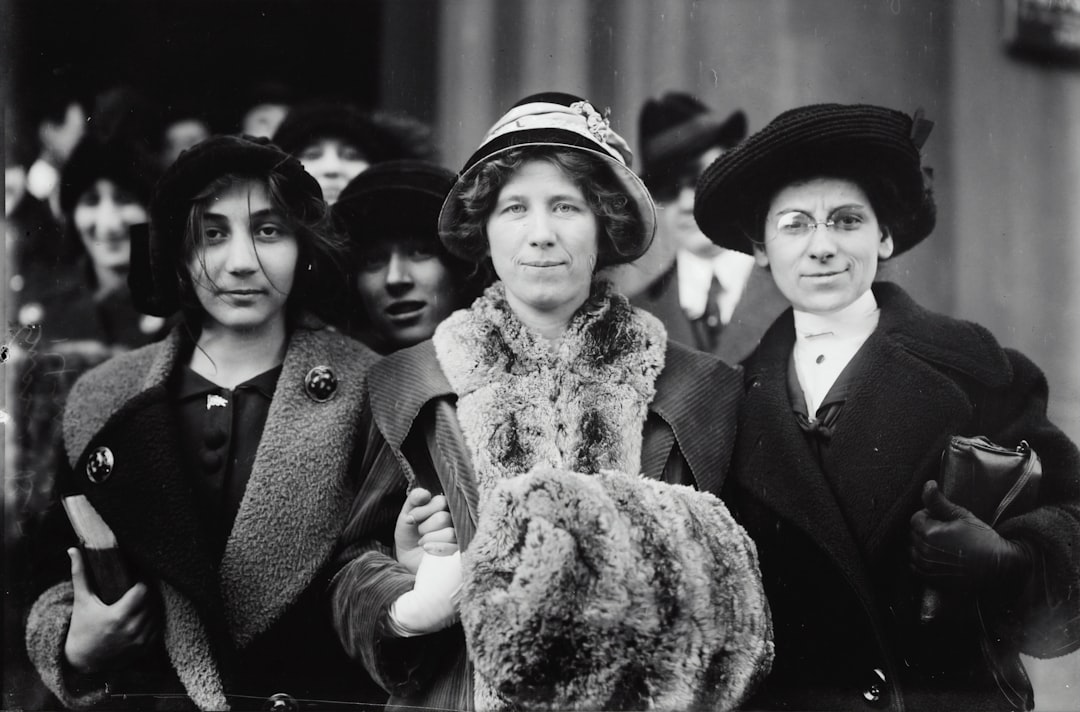What is it about?
After examining why rape sold papers, and explaining my larger corpus of 115 canards sanglants, this essay investigates the murky way in which seven particular crimes of alleged murder were represented in the canards sanglants. These seven crimes share several common features. Ambiguity is manifest in each case, as the crime report declares that only a murder transpired; however, linguistic similarities and parallels with the physical evidence at the crime scenes mirrored the crime of rape. My methodology looks at code words and blind spots that cause the erasure of sexual violence, illuminating what was previously unseen.
Featured Image
Why is it important?
Medical and legal discourses contained significant omissions and blind spots regarding the rape or sodomy of adults. Although rape gained greater visibility in the nineteenth century, seven verdicts provide examples of how signs of sexual violence occasionally remained invisible to journalists, judges and forensic doctors.
Read the Original
This page is a summary of: Cultural blindness and ambiguity: Reading (for) and writing about rape, French Cultural Studies, May 2016, SAGE Publications,
DOI: 10.1177/0957155815626374.
You can read the full text:
Contributors
The following have contributed to this page










